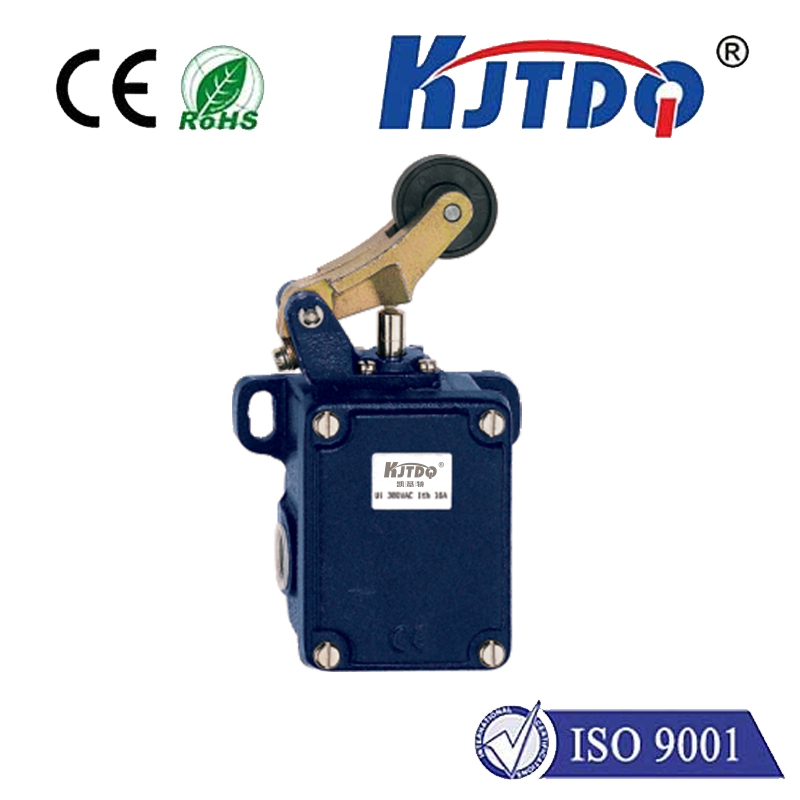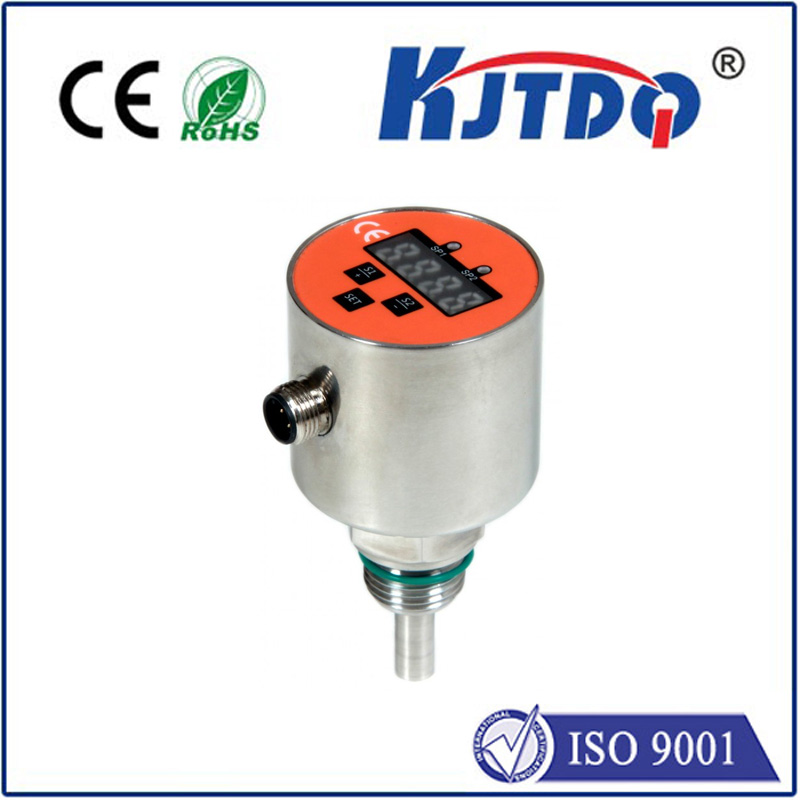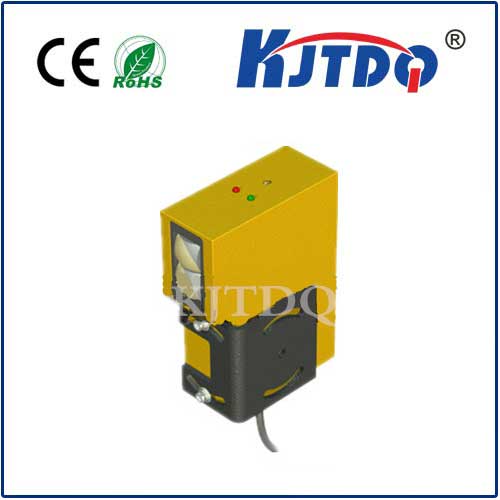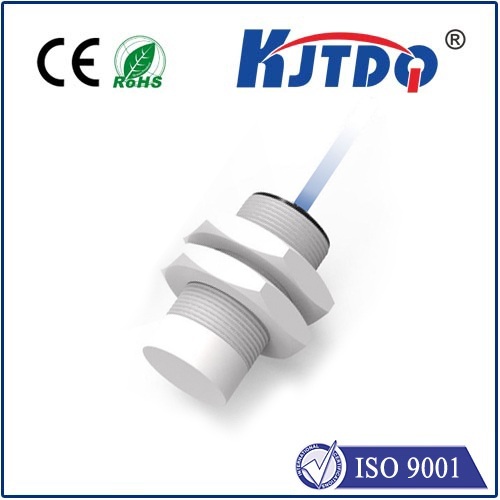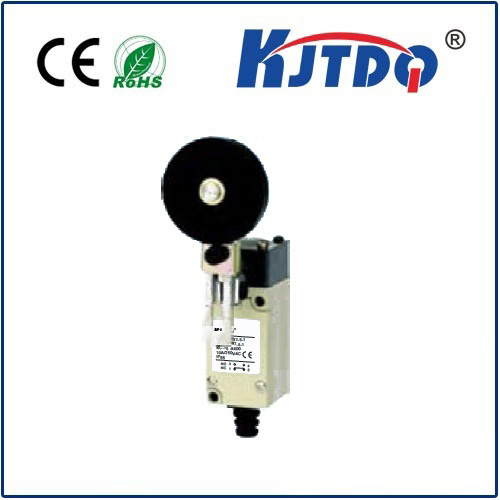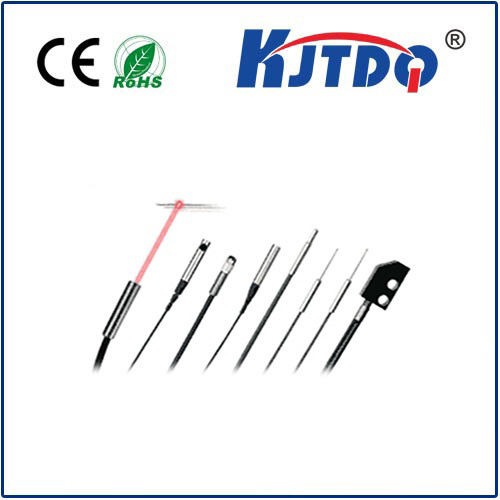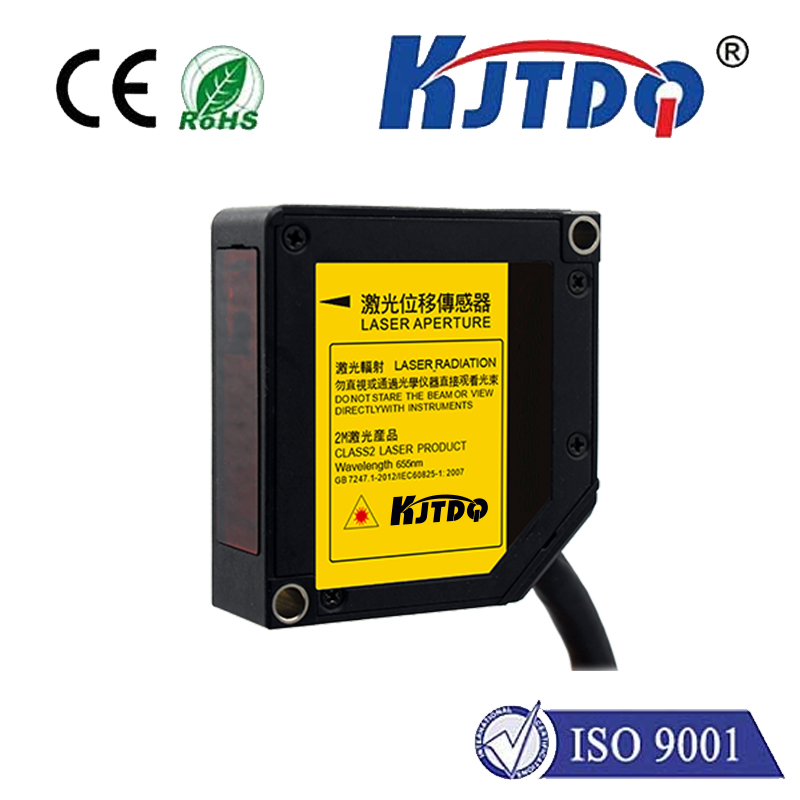limit switch sensor
- time:2025-09-13 01:56:30
- Click:0
The Reliable Workhorse: Understanding Limit Switch Sensors in Automation
Walk down any modern production line, peer into complex machinery, or even consider the safety features on your garage door. Chances are, silently performing critical tasks, are limit switch sensors. These fundamental yet vital components remain the bedrock of countless automated systems, providing reliable position sensing and control through one of the most straightforward principles: physical contact. For engineers and technicians alike, grasping the function and versatility of the limit switch is essential knowledge.
What Exactly is a Limit Switch Sensor?
At its core, a limit switch sensor is an electro-mechanical device. It performs a simple but critical function: it detects the presence or absence of an object (its actuator target) through direct physical contact and subsequently opens or closes an electrical circuit. Think of it as a highly specialized, ruggedized on/off switch triggered by mechanical movement. They are designed to be activated (or “tripped”) only when an object reaches a specific, pre-determined point in its travel path – its limit. This fundamental action makes them indispensable for tasks requiring precise position detection, travel endpoints, or safety interlocks.
The Underlying Principle: Mechanical Actuation
Unlike proximity sensors that detect objects without contact, or photoelectric sensors using light beams, limit switch sensors rely on direct mechanical interaction. The key components include:
- Actuator: This is the physical part that makes contact with the target object (e.g., a lever arm, roller plunger, push rod, or whisker). Its design dictates how the switch is triggered – by linear movement, angular rotation, or a combination.
- Main Body/Housing: Contains the electrical contacts and switching mechanism, providing environmental protection (rated by IP ratings).
- Electrical Contacts: Typically consist of Normally Open (NO) and Normally Closed (NC) contacts. When the actuator is not triggered:
- NO contacts are open (no current flow).
- NC contacts are closed (current flows).
- Switching Mechanism: When the actuator is moved by the target object, it mechanically forces the internal contacts to change state – NO contacts close, NC contacts open. This state change sends a clear electrical signal to the control system (like a PLC).
Diverse Types for Diverse Needs

The ubiquity of limit switch sensors across industries has led to specialized actuator designs suitable for different applications:
- Plunger Type: Activated by direct linear force. Ideal for detecting straight-line movements like cylinders reaching the end of stroke.
- Roller Lever Type: Features a rotating roller at the end of a lever arm. Perfect for detecting moving objects like conveyor belts, carts, or doors, minimizing wear.
- Rotary Type: Activated by rotational movement on a cam or shaft. Used for controlling rotational limits or sequencing operations based on shaft position.
- Wobble Stick/Whisker Type: A flexible rod actuator that activates the switch when deflected from any direction. Useful for detecting objects on conveyors or presence in bins.
- Adjustable Lever: Allows fine-tuning of the actuation point for precise positioning requirements.
Where Limit Switch Sensors Shine: Core Applications
Their reliability, simplicity, and cost-effectiveness ensure limit switch sensors remain vital across countless domains:
- Industrial Automation & Machinery: The undisputed heartland. Used for end-of-travel detection on linear slides, cylinders, robotic arms; position verification on conveyors; counting parts; confirming tooling changes; and acting as safety interlocks to prevent machine operation unless guards are closed.
- Material Handling: Detecting package presence on conveyors, signaling elevator car positions at each floor, confirming gate positions, and controlling door movements on automated warehouses.
- Automotive Manufacturing: Verifying correct positioning of components on assembly lines, confirming safety gate closure in stamping presses, and detecting door positions during painting processes.
- Home Appliances & Consumer Goods: Ensuring washing machine lids are closed before spin cycle, detecting paper tray positions in printers, signaling when a garage door has fully opened or closed.
- Safety Systems: Serving as critical emergency stop safety interlock switches on machinery, confirming guard positions, or acting as overturn switches on forklifts.
The Enduring Advantages: Why They Still Matter
In an era of sophisticated sensors, limit switch sensors persist for compelling reasons:
- Unmatched Simplicity: Their electromechanical design is straightforward to understand, install, troubleshoot, and repair.
- High Reliability: With few complex electronic components, they offer robust operation, especially in applications involving physical force or position verification.
- Cost-Effectiveness: Generally, they are significantly less expensive than many non-contact sensor alternatives, making them economical for high-volume applications.
- Durability & Environment: Housed in rugged enclosures with high IP ratings, many models excel in harsh environments – handling dust, moisture, vibration, and even physical impact better than delicate electronic sensors.
- Clear Signal State: They provide a definitive open or closed circuit signal, unambiguous for control systems. No analog interpretation is needed.
Essential Considerations: Selecting the Right Limit Switch
Choosing the optimal limit switch sensor requires evaluating several factors:
- Actuator Type: Match the actuator shape and movement (lever, plunger, roller) to the motion and direction of the target object.
- Electrical Ratings: Ensure the switch contacts can handle the required voltage (VAC/VDC) and current (amperage) of the load circuit.
- Environmental Conditions: Select an appropriate IP rating to withstand dust, moisture, temperature fluctuations, and potential chemical exposure.
- Precision: Determine the needed accuracy for the actuation point. Some allow adjustment.
- Contact Configuration: Choose between NO, NC, or often available SPDT (Single Pole Double Throw) contacts to suit the control logic.
- Mounting Requirements: Consider space constraints and the necessary mounting orientation/stability.
Maintenance: Ensuring Longevity
Like any mechanical component, limit switch sensors require attention. Regular inspection of the actuator for damage or excessive wear, ensuring proper alignment with the target object, and checking for any looseness in mounting hardware are essential. Periodically verifying the electrical signal output ensures the internal contacts remain functional. Their simplicity makes maintenance relatively easy compared to complex sensors.
The Indispensable Mechanic
While newer sensing technologies continuously evolve, the humble limit switch sensor remains a cornerstone of reliable automation. Its fundamental principle of mechanical actuation delivering a definitive electrical signal provides a level of dependability that is hard to replicate in demanding environments. From safeguarding massive industrial presses to ensuring your microwave door is shut, these robust workhorses continue to perform critical position sensing tasks day in and day out. Understanding their operation, types, and applications is key for anyone involved in designing, maintaining, or optimizing automated systems where precision and reliability are paramount.






